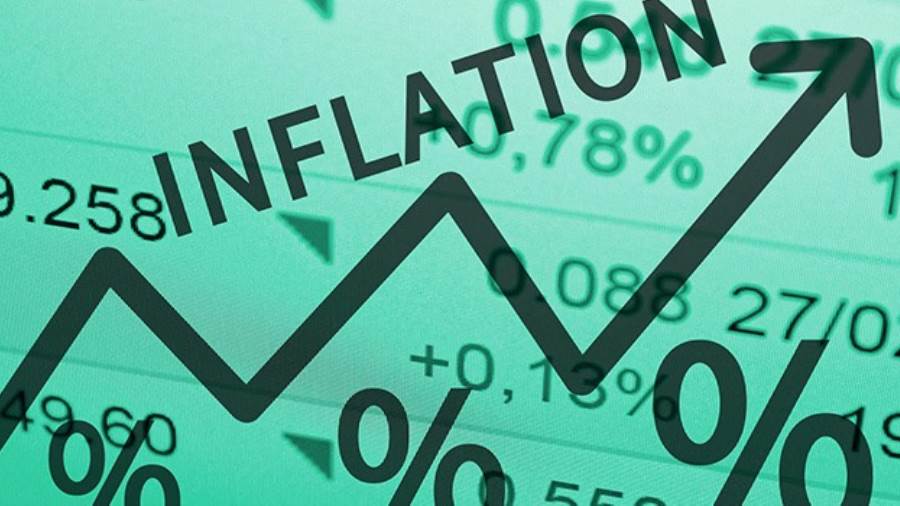Notable Rise in U.S. Inflation During May Despite Tariff Concerns


The U.S. economy experienced a noticeable increase in inflation during May, according to data released by the Bureau of Labor Statistics. The Consumer Price Index (CPI) rose by 0.1% for the month, pushing the annual inflation rate to 2.4%. While the monthly figure was slightly below forecasts, the annual rate confirms ongoing upward momentum in consumer prices across several sectors.
Despite the imposition of broad tariffs, including a 10% duty on imports, the direct impact on inflation remains limited for now. Interestingly, some categories expected to be most affected—such as vehicles and apparel—registered price declines, balancing out some of the upward pressure seen elsewhere.
Core inflation, which excludes the volatile categories of food and energy, also increased by 0.1% month-over-month and reached 2.8% on an annual basis. Although this was lower than the anticipated 0.3% and 2.9%, it still points to persistent inflationary pressure across essential goods and services.
Energy prices declined by 1% in May, while new and used car prices dropped by 0.3% and 0.5%, respectively. Apparel prices fell by 0.4%. Conversely, food prices increased by 0.3%, and housing-related costs—especially rents—continued to rise, making a significant contribution to the overall inflation rate.
This upward movement in inflation comes amid ongoing shifts in U.S. trade policy. The administration’s tariff measures are part of broader efforts to address perceived imbalances in global trade. Although the full economic impact of these policies may take time to materialize, their current influence on consumer prices appears limited.
The rise in inflation during May signals a steady buildup in price pressures within the U.S. economy. Even though some price categories declined, the broader trend—especially in food and housing—indicates a firm inflationary environment. The Federal Reserve may view this trend as a sign of underlying economic strength, potentially influencing future monetary policy decisions as it balances growth with price stability.


























